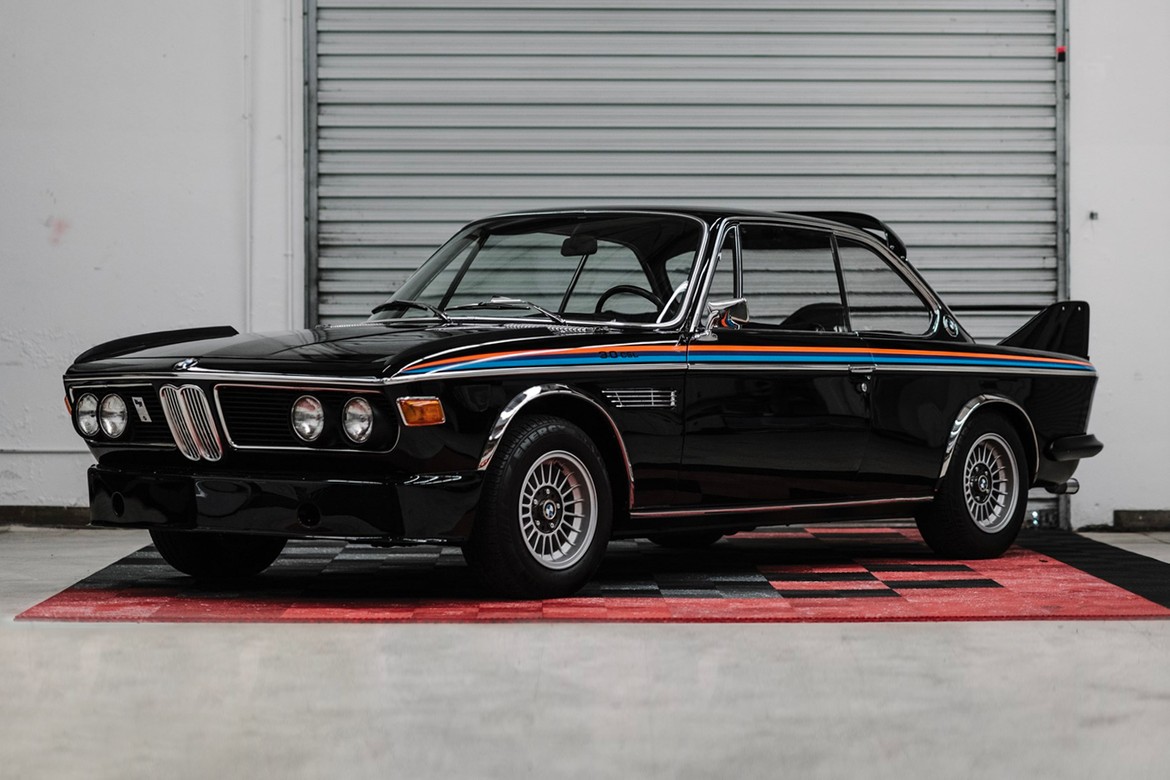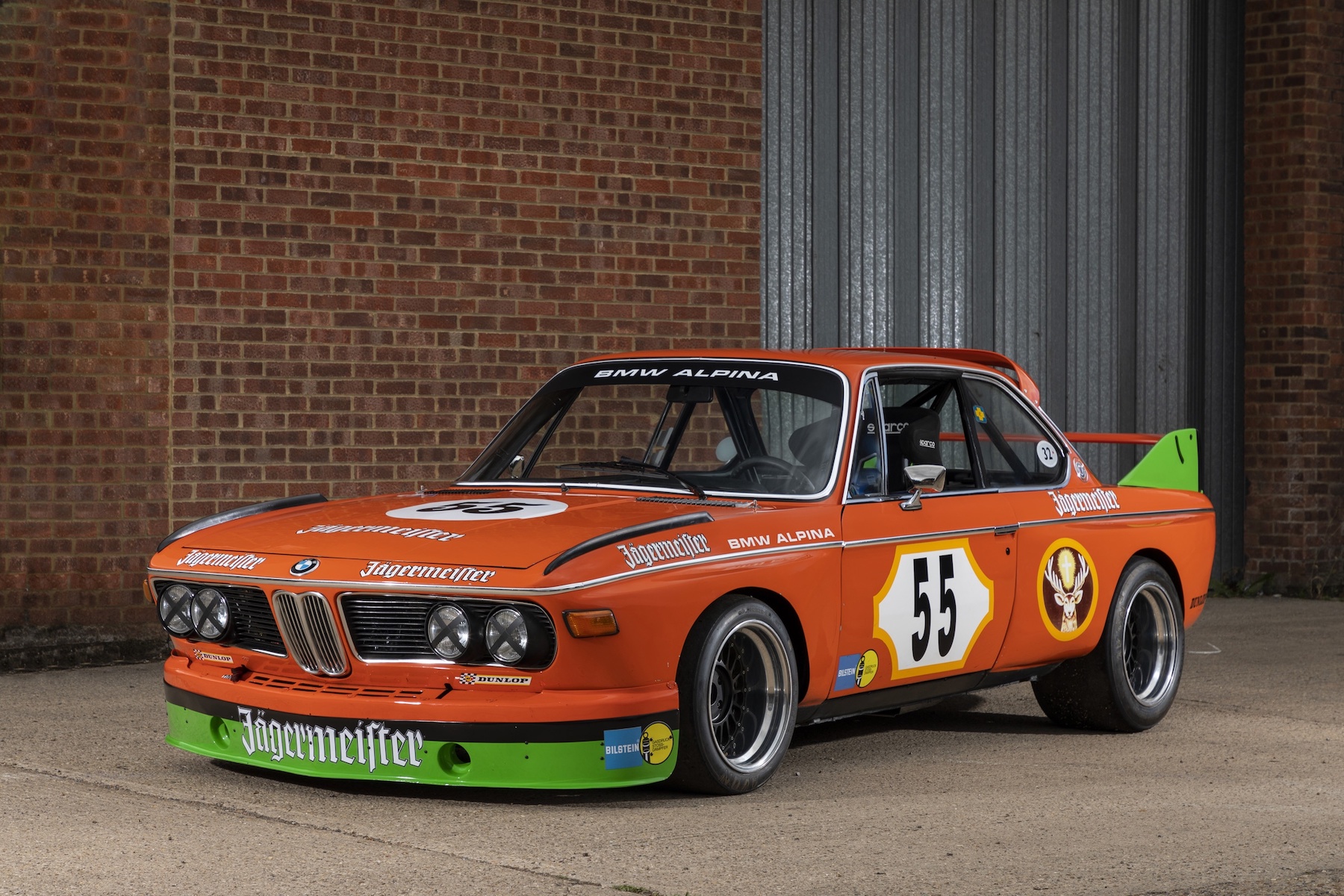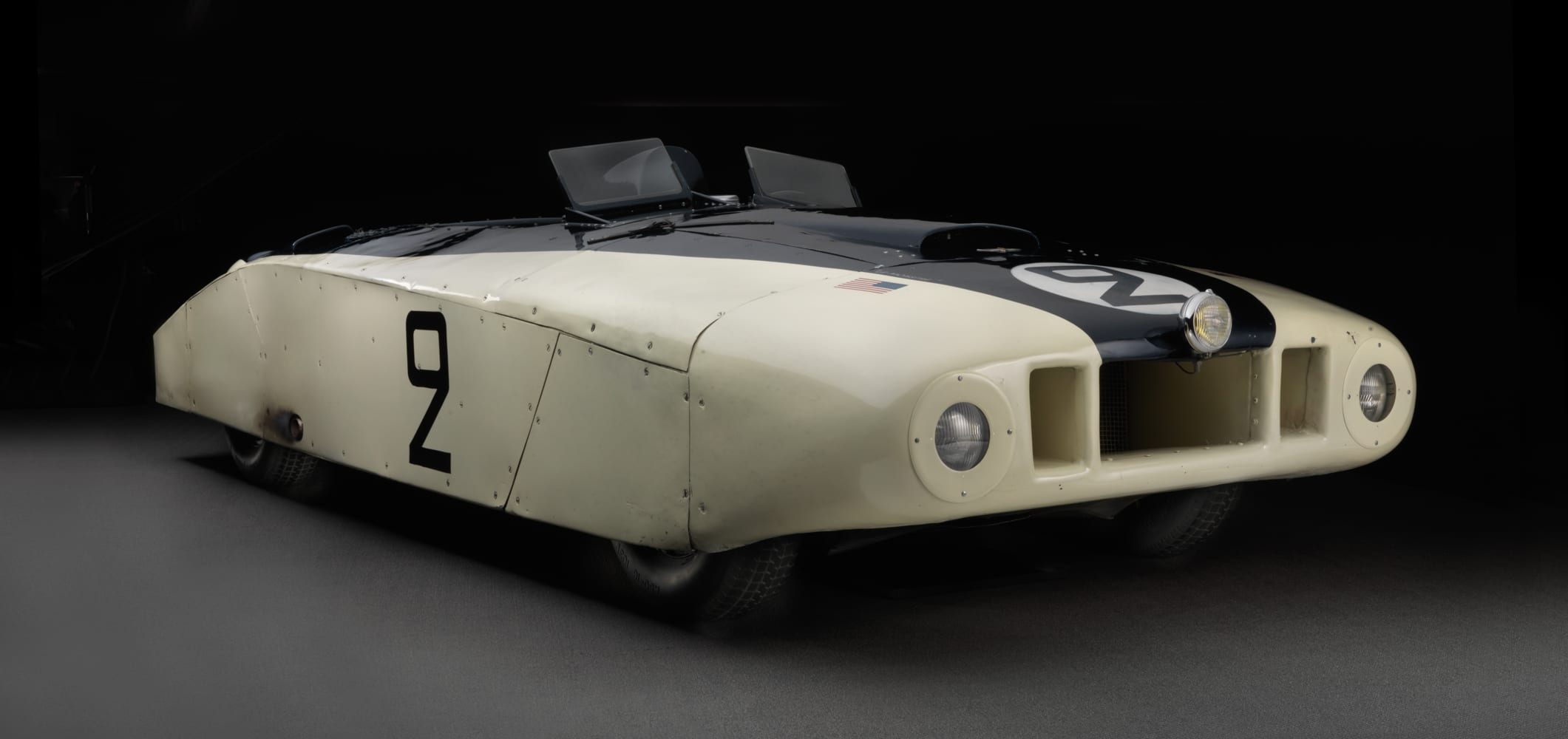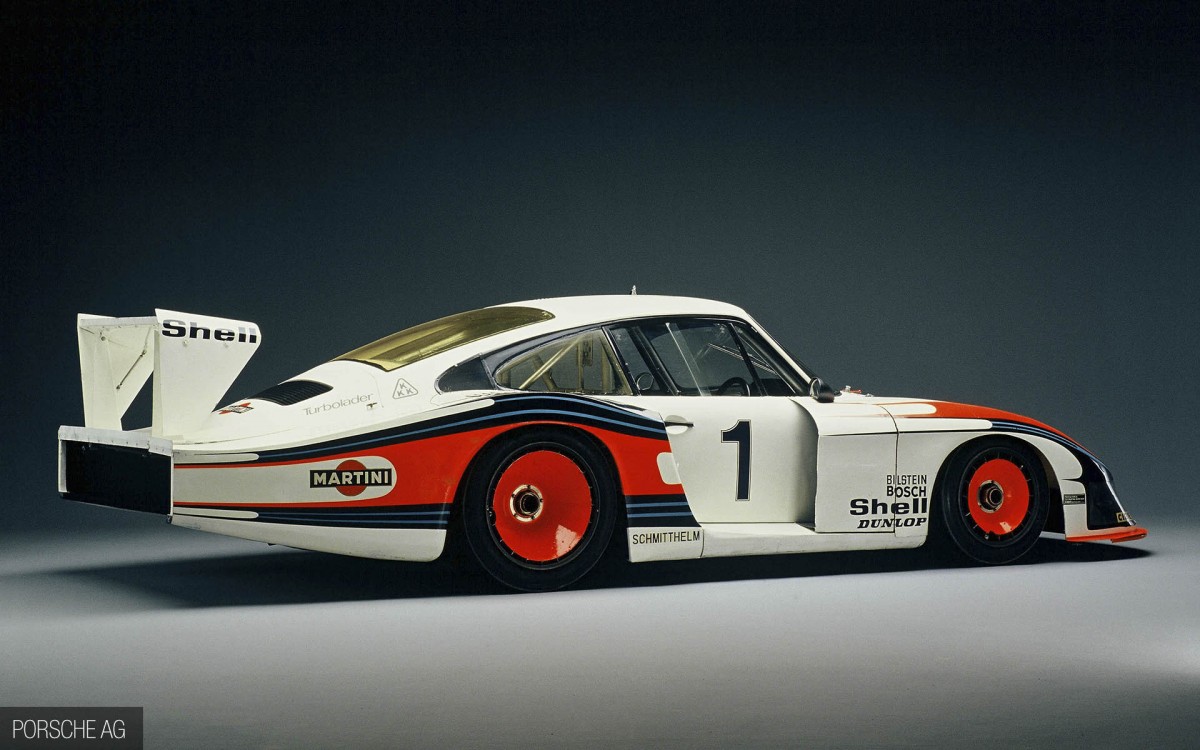Some Of The Coolest Nicknames in Automotive History, Part 2
When the track transforms into a proper bestiary… Scarry? Actually, a bit!

Last week in our Petrolhead Corner column, we spent a few words on some interesting nicknames that were given to some mythical cars. If a race car is named after a giant, destructive mythical beast, it kind of gives a hint to its reputation, doesn’t it? Today we once again take a look at unusual nicknames given to cars for various reasons. And to point out the obvious, we’re not talking about a cool name the manufacturer thought would help sales, but names given by the public or automotive journalists, such is the case with the Nissan Skyline R32 GT-R “Godzilla.”
Cadillac Series 61 Le Mans a.k.a. “Le Monstre”
It can mean one of two things if a car is named Le Monstre, The Monster in English. It is either absurdly quick and completely obliterates the rest of the field, or it is considered rather ugly. Or very ugly in the case of the Cadillac Series 61 Le Mans. The American manufacturer has had quite a few cracks at the famous French endurance race, sometimes through a privateer racing outfit, but never achieved any noteworthy successes.
The very first Cadillac to enter Le Mans was the 1951 Series 61 Le Mans, developed by Briggs-Cunningham, a famous American pilot and entrepreneur. Cunningham bought a pair of Cadillac Series 61 cars, kept one bone stock apart from changes mandated by regulations, and turned the other into a real racecar. A tubular chassis was fitted with a 250bhp 5.4 litre V8 and a streamlined body developed in Grumman Aircraft’s wind tunnel. The reduced weight and improved aerodynamics (despite the garish looks) meant the car had a 210km/h top speed. An early mistake by Briggs Cunningham himself damaged the gearbox and it achieved an eleventh place finish in the 1950 Le Mans 24 Hours.
The Drive has all the detail about the two Cadillac’s raced by Cunningham in 1950.
Porsche 935/78 a.k.a. “Moby Dick”
Throughout history, Porsche cars have been handed a wide range of nicknames. There’s The Widowmaker, Pink Pig, Hippie Porsche, Whale Tail, Baby, Turbo Panzer and many more. Perhaps one of the most well-known names for a Porsche racer is Moby Dick, for quite obvious reasons when you are familiar with the machine.
It was during the wild seventies, an era pretty much dominated by Porsche racers all over the world, where the 1978 Porsche 935/78 was introduced. Still loosely based on a street-911, it was a factory developed racer capable of declassing even the best customer-driven Porsche 935’s. The 935/78 car introduced water-cooled cylinder heads on an air-cooled block and came with a slightly larger engine capacity. Power increased to a staggering 845bhp from the 3.2 liter twin-turbocharged flat-six and a new, extremely long and swooping body.
The car was destined for Le Mans success but despite blasting down the long Mulsanne-straight at 228mph (367kph) it failed to win. Entered in four races only, dressed in white with iconic Martini livery, the car lived on as “Moby Dick” ever since. Porsche driver Jochen Mass has reunited with the car at Goodwood a few years ago.
Alfa Romeo 1900 C52 a.k.a. “Disco Volante”
Disco Volante, it sounds like a gorgeous, curvaceous little thing, doesn’t it? You wouldn’t be half off too, as it is the name given to the gorgeous trio of Alfa Romeo 1900 C52 cars from the early fifties. There was a coupe, a spider and a ‘narrow hipped’ spider. The cars get their name Disco Volante, or flying saucer in Italian, from the oval shape of the body. It was originally built as an experimental race car, with the help of coachbuilder Carrozzeria Touring and the sleek body was the result of wind tunnel testing. A total of three spiders were built with one being turned into a coupe in 1953 and one into a more conventional spider (the ‘Narrow Hipped’). Two more cars were built after that but fitted with a larger V6 instead of the original inline-four engine.

In 2012 and 2013, with Carrozzeria Touring still in operation, the Alfa Romeo Touring Disco Volante paid tribute to the original cars. This featured many styling elements from the original cars and had a Maserati V8 with 450bhp in the front. The ponton fenders, the crease on the side running from front to back and the triple air-intake and grill were reinterpreted into the new car. The body of the car was fully hand-built, just like a traditional Carrozzeria would. Underneath is a 4.7 liter 450bhp Maserati V8, carried over from the Alfa Romeo 8C along with the chassis and suspension. Top Gear made an extremely enjoyable feature on it:
Fiat S76 a.k.a. “The Beast of Turin”
In the early days of motoring, the tried-and-tested way to go faster is to build bigger and bigger engines. That lead to a whole sleuth of machines with simply gargantuan proportions. Cars were built around engines with a capacity of 20 litres and beyond. Usually intended for land speed record runs, these cars were absolute beasts. One of which, was actually named a beast; the 1910-1911 Fiat S76 was granted the nickname Beast of Turin.

It had a monstrous 28.4-litre four-cylinder engine, one of the biggest to ever be fitted into a car. It produced 290bhp and pushed the car to an unofficial land speed record of 132.27mph (213kph). It was never made official because the car failed to make a return run after which is required to grant the record. Two cars were built, both sold off and dismantled somewhere along the line. Duncan Pittaway found a Fiat chassis, had it shipped to the UK and eventually managed to track down the only surviving engine. The car was fully restored, with a newly built gearbox, body and radiator and is since regularly shown in events like Goodwood, bellowing flames and all:
BMW 3.0 CSL a.k.a. “The Batmobile”
The Batmobile is the nickname for one of the most famous BMW cars ever, not just a tech-riddled car from a tv-show used by the Caped Crusader (Batman). The BMW 3.0 CSL was an evolution of the E9-generation BWM 2800 CS and based upon the then-new BMW 3.0 CSi road car. The BMW 3.0 CSL (Coupe Sport Leicht) was built as a homologation special needed to compete in European Touring Car Championship. The 3.0 CSL “Batmobile” received a larger engine with more power, some aero tweaks including a large front chin splitter and rear wing and shed some weight. Funny enough the spoilers were deemed illegal for road use, but whoever bought one received the pieces stored in the car’s trunk, including instructions to install them.

In 1973 the BMW 3.0 CSL started its racing career. Engine size was increased from 3.0 to 3.2 and eventually 3.5 litres. Power increased to over 400bhp and the cars received even wider arches with huge air intakes and even more aggressive wings. A close battle ensued between Ford and BMW, with the German manufacturer eventually coming out on top. The ETCC series was known for guest appearances by Formula 1 drivers and was hugely popular, only to be almost killed off due to the global oil crisis. Some cars were sold to privateer teams and raced for the remainder of the decade in various championships around the world.






